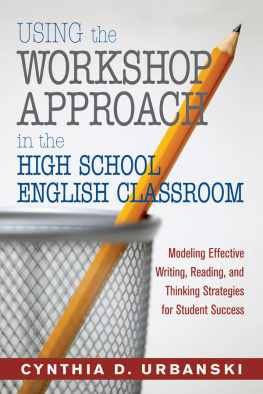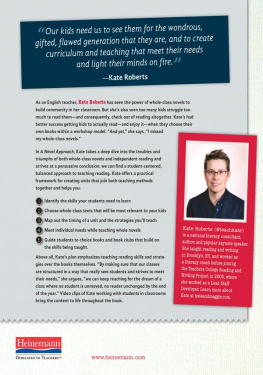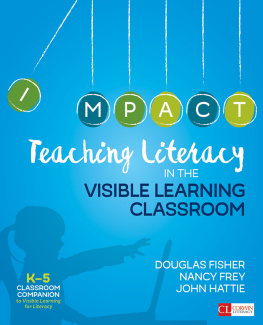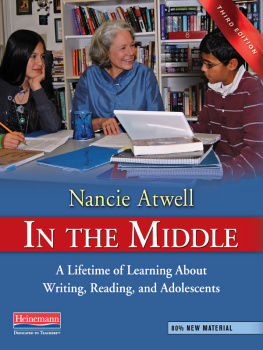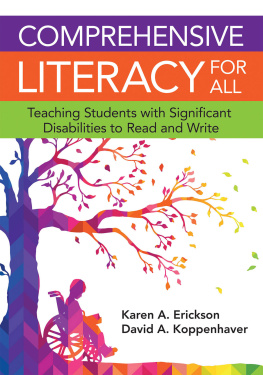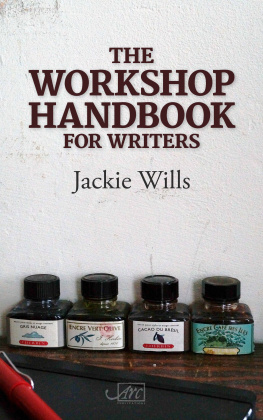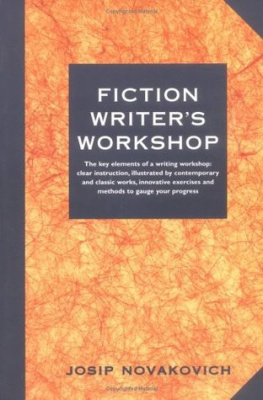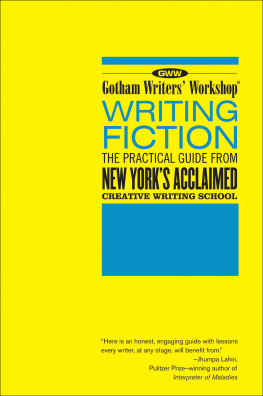To my late grandfather Robert R. Rollins Sr.,
who pushed me to reach every student.
To my late grandmother Nellie Rollins,
for her belief that I ruled the world.
To my husband Bret,
for his patience, encouragement, and his ability to see this project clearly when I could not.
To my daughter Anna Mackenzie Urbanski,
who wrote this book with me in the first year of her life.
To Karen Haag and Lil Brannon,
who never stopped believing.
To my students,
who teach and inspire me every day.
Copyright 2006 by Corwin Press
First Skyhorse Publishing edition 2015
All rights reserved. No part of this book may be reproduced in any manner without the express written consent of the publisher, except in the case of brief excerpts in critical reviews or articles. All inquiries should be addressed to Skyhorse Publishing, 307 West 36th Street, 11th Floor, New York, NY 10018.
Skyhorse Publishing books may be purchased in bulk at special discounts for sales promotion, corporate gifts, fund-raising, or educational purposes. Special editions can also be created to specifications. For details, contact the Special Sales Department, Skyhorse Publishing, 307 West 36th Street, 11th Floor, New York, NY 10018 or .
Skyhorse and Skyhorse Publishing are registered trademarks of Skyhorse Publishing, Inc., a Delaware corporation.
Visit our website at www.skyhorsepublishing.com.
10 9 8 7 6 5 4 3 2 1
Library of Congress Cataloging-in-Publication Data is available on file.
Cover designed by Michael Dubowe
Print ISBN: 978-1-63220-574-2
Ebook ISBN: 978-1-63220-989-4
Printed in the United States of America
Contents
By Lillian Brannon
Foreword
S logging through stacks of papers, camping out in trailers that are planted on what used to be the soccer field, trudging through file cabinets looking for that important handout that has now magically disappeared, stamping out every single misplaced comma or misspelled wordthese well-worn pathways to teaching are often the ones that cause us to burn out. If you are like me, you are always looking for new, exciting adventures, new terrain to investigate, new roads to travel, new avenues that will make our classrooms, once again, come alive with learning. Cindy Urbanskis volume is our guide to this exciting adventure. This book offers new ways of engaging with writing and literature. She asks that we become coaches, modeling our reading and writing strategies for our students so that they can see, firsthand, how we think about literature or compose an essay.
Coaches . When Cindy asked me to read an early version of this book, I tried to persuade her to ditch the coaching metaphor. My associations with coaches (that is, before Cindy) had not been all positive. Now I dont speak about coaches in a vacuum. I dont tell many people this, but I had a state championship team in Class B girls basketball when I taught high school in Texas. I dont tell many people, because I may be the only winning coach in the entire state of Texas who didnt become a principal. And so my association with coachesthe ones who were given the history classes, who were the disciplinarians, and later became the principalsdid not, on the surface, seem to speak to the teacher I wanted to be. But Cindys gifts as a writer and teacher convinced me otherwise. She saw from her experience a different world, where modeling and showingnot telling and then saying it again louderwas the image for teaching writing and literature that we teachers could enact. She could see in her own experience as a runner and a cross-country coach and as a writer and as a teacher of writing how those worlds come together and make the classroom a vibrant and productive place.
Coaching . If you are wondering, How am I supposed to model and show students my writing and reading? Am I supposed to expose all my false starts at writingall my dead ends? dont worry. This volume reminds us that even teachers struggle with their reading and writing. By showing our students the work behind the finished product, we demystify how reading and writing can mutually enrich our understanding of what we read and our engagement with what we write. It will give you courage to work along with your students, to build your classroom as a writing and reading workshop.
Coaching . As a coach, I can speak to my students about how a book touched me in personal and profound ways. As a reader, I can show students how I make personal connections to literature or connect my responses to literature to the world at large. Take, for example, this short piece I wrote for my class after reading Cindys book:
On the 24-hour flight to Taipei, after watching all four cross-Pacific movies, I pulled a novel from my bag. Anita had given me this book and inscribed in its cover, To Lil, for growing up in the South. I had this book for over a year. The Secret Lives of Bees began to melt the remaining hours in my hands, taking me home to a life I had known, but never lived, a life far removed from mine, to a girl who needed to know her mother, her mothers love left to her in secrets that she could never fully unravel. At 2 a.m. somewhere over the Taiwan Straits, where missiles perch on tanks awaiting Chinese childrens cries for independence, for freedom, for easing of the iron hand, for the space that an island carves from a cold enveloping sea, I saw that I, too, longed to know: Had I in my struggles to teach, cloaked my subject in secrets, found my space, and left the child to cry alone on the dusty road?
My personal connection between the plight of Lily in the novel as she worked through the tragic loss of her mother and the plight of Taiwanese and mainland Chinese children who, in their own ways, struggle for freedom and for their motherland, demonstrates to my students how my reading of a novel portraying life in South Carolina in 1964 could resonate in my imagination to world struggles in 2005. As a writer, I could show my students how repetition propels my meaning forward. I could even show them several endings to the paragraph that I drafted before I arrived at this one, the final one, for now.
Cindys imaginative energy and creativity for teaching reading, writing, thinking, and literature (with both a little l and a big L ) show us ways of connecting with our students while still helping them tackle the end-of-the-year test without leaving any child on the dusty road.
I must admit that my not unusual failure to connect to all of my students is featured within these pages. I remember well the class Cindy talks abouta class full of teachers who were struggling to do well by their students and who were searching for ways to engage their students and still manage to have them well prepared for the writing test at the end of the school year. I gave them theory, when they needed to have a way to bring theory and practice together. When I talked about practice, they thought I had no idea about the classroom world they inhabited. They were being left in the dust, and I felt like a card-carrying member of the research establishment those people who were asking questions about stuff that no teacher even cared about, things like, What was the spelling variability in the flash condition?
Cindy saw beyond my shortcomings and found what she needed in her journey to create in all of her students a love for reading and writing. This volume documents her journey to integrate the teaching of literature with best practices in the teaching of writing. It tells her teaching story of working with rural kids in North Carolina and with inner-city students in the Charlotte/Mecklenburg schools. It is a powerful teacher narrative based on classroom research and reflection that documents not only what she does in the classroom but how and why she engages her students in the ways she describes here.

